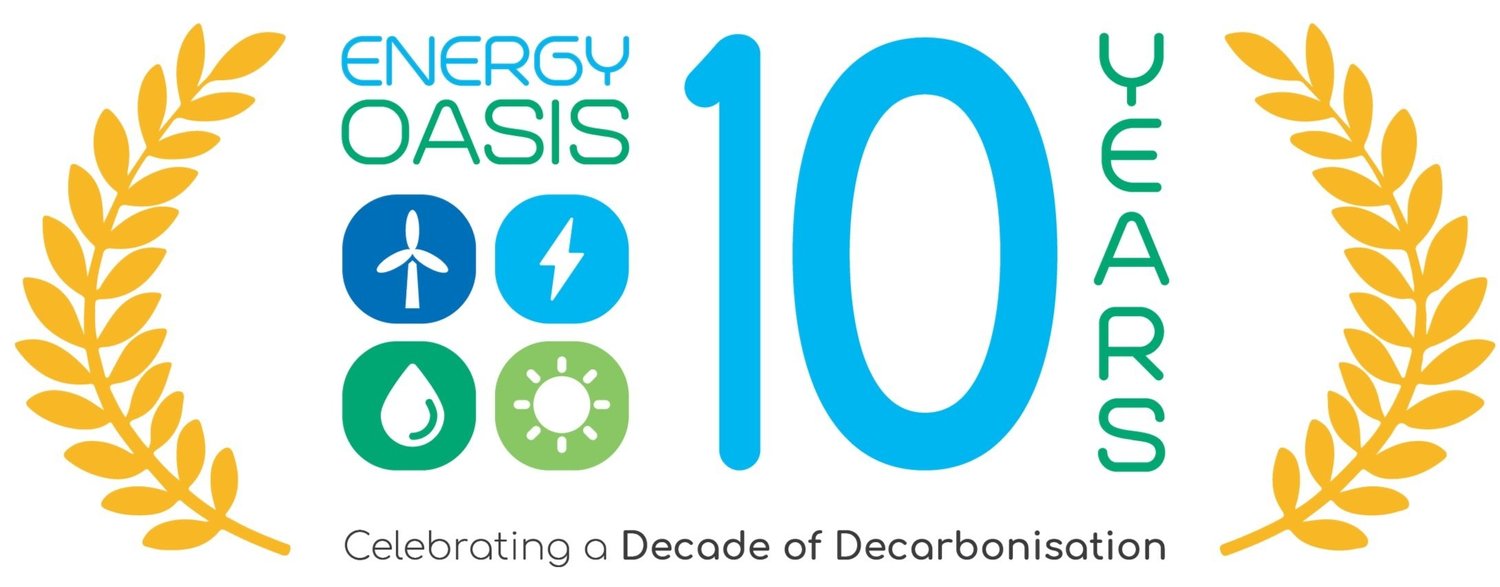Benefits of Energy Monitoring
Energy monitoring is the hardest thing to justify to a business as an essential tool, as it has a definite cost, but until it has been installed, it is unable to provide a definite ROI.
In many ways, it is not dissimilar to a set of accounts. It’s historic data that gives insights into the health of the business.
Now for many businesses, just as audited and published accounts are a requirement for business, so is your energy consumption. The Energy Saving Opportunity Scheme (ESOS) and Streamline Carbon Energy Reporting (SECR) both require hard data. Energy Monitoring is the best way to provide this data.
Firstly, it’s in real-time and covers each aspect of energy consumption in your business.
Also, it makes the submission of data quick and simple, but most importantly, it saves time and money.
As an energy compliance tool, it makes complete sense, especially for businesses with multiple sites and multiple meters per site.
In many cases, a member of staff is tasked to collect data, read meters, fill in spreadsheets, and then send this off. Often this is a couple of days a month and in the worst case, it’s a full-time job.
In this context alone, energy monitoring justifies its cost.
But there are many other tangible reasons…
You are setting the baseline of your energy consumption, which allows you to easily demonstrate your journey to zero carbon. Every saving you make from this point on will be backed up with hard data and real carbon figures.
It identifies wasted energy, which you can then eradicate.
It proves the ROI on all your future energy reduction work such as LED lighting and controls.
For businesses that have multiple sites, it also allows them to compare one site’s energy consumption against another.
It proves ethical action for your clients. As well as being able to associate, a labour, materials, and transport cost to a client for your work and services, you can also provide them with an accurate energy cost and subsequently, a carbon cost, which can only benefit the relationship for both parties.
It highlights opportunities for controls to reduce energy consumption even further such as in lighting, air conditioning, compressors, and refrigeration.
These controls can save up to 60% of the consumption in offices and logistics buildings.
As motors start to wear out, their energy profile changes. Monitoring allows us to identify this and carry out preventative maintenance, saving time and money.
Refrigeration units are designed to keep the air cool. When a door is opened, the air temperature reduces and the
compressors immediately kick in at full power to assure the correct temperature is kept.
This is often totally unnecessary and a significant cause of wasted energy.
We install a control called CUES which assures the compressors only kick in once the temperature of the food reduces. This alone has reduced consumption
The ROI on energy monitoring in our experience is between 8 to 24 months. As every site is different, it can be difficult to provide an exact timeframe. It also depends on how much staff time is soaked up in compliance and data gathering.
Another example of how we can eradicate waste is shown below
This chart identified to us that almost a quarter of their lighting usage, is when no one is in the building.
With this information, the client can justify the installation of lighting controls as it will save money and irradicate wasted energy - which they can also accurately track.
So to sum up energy monitoring is the first step in understanding exactly how your energy is being used. With this knowledge you can begin to take calculated and data backed action in reducing your energy consumption.




